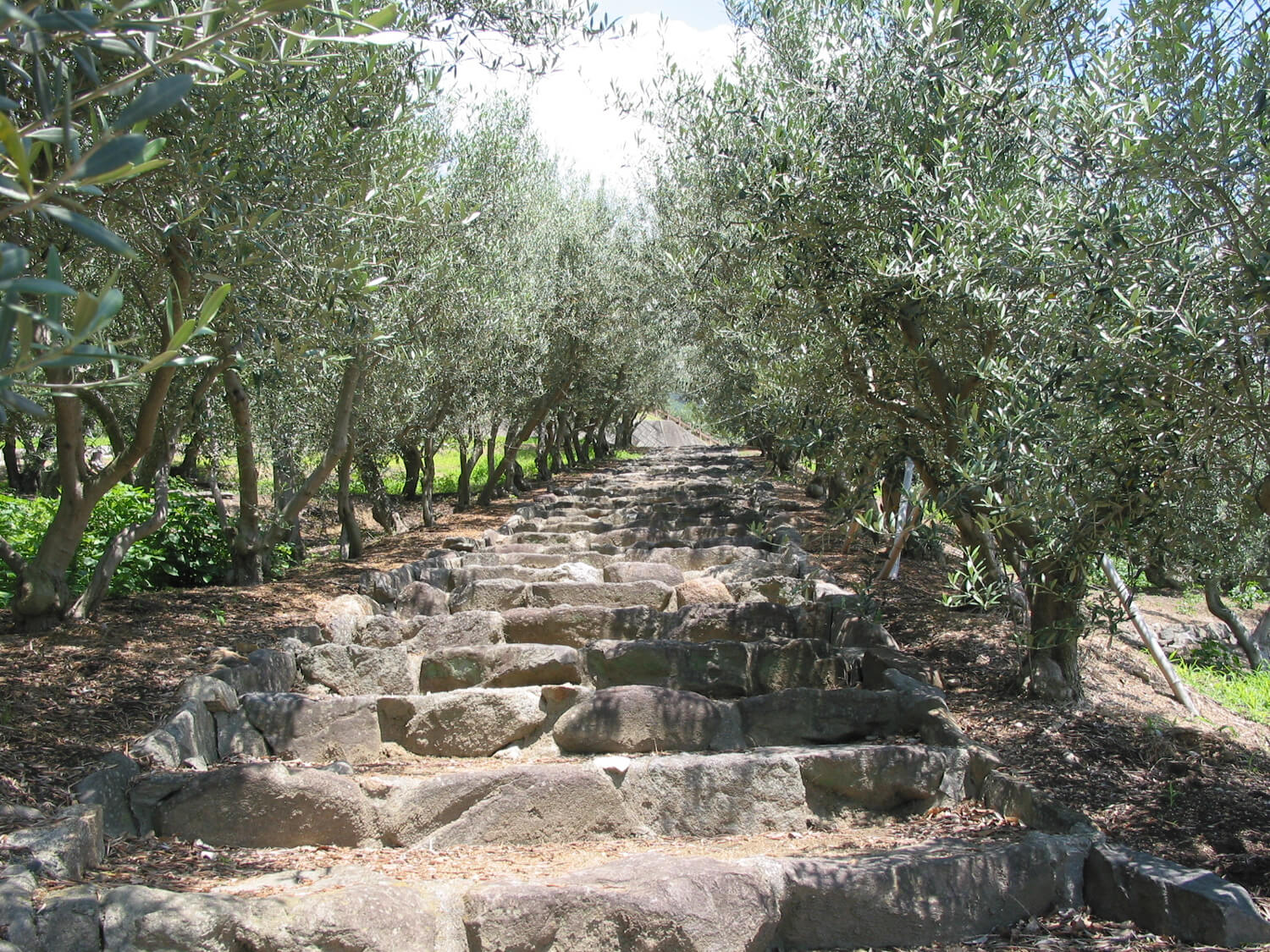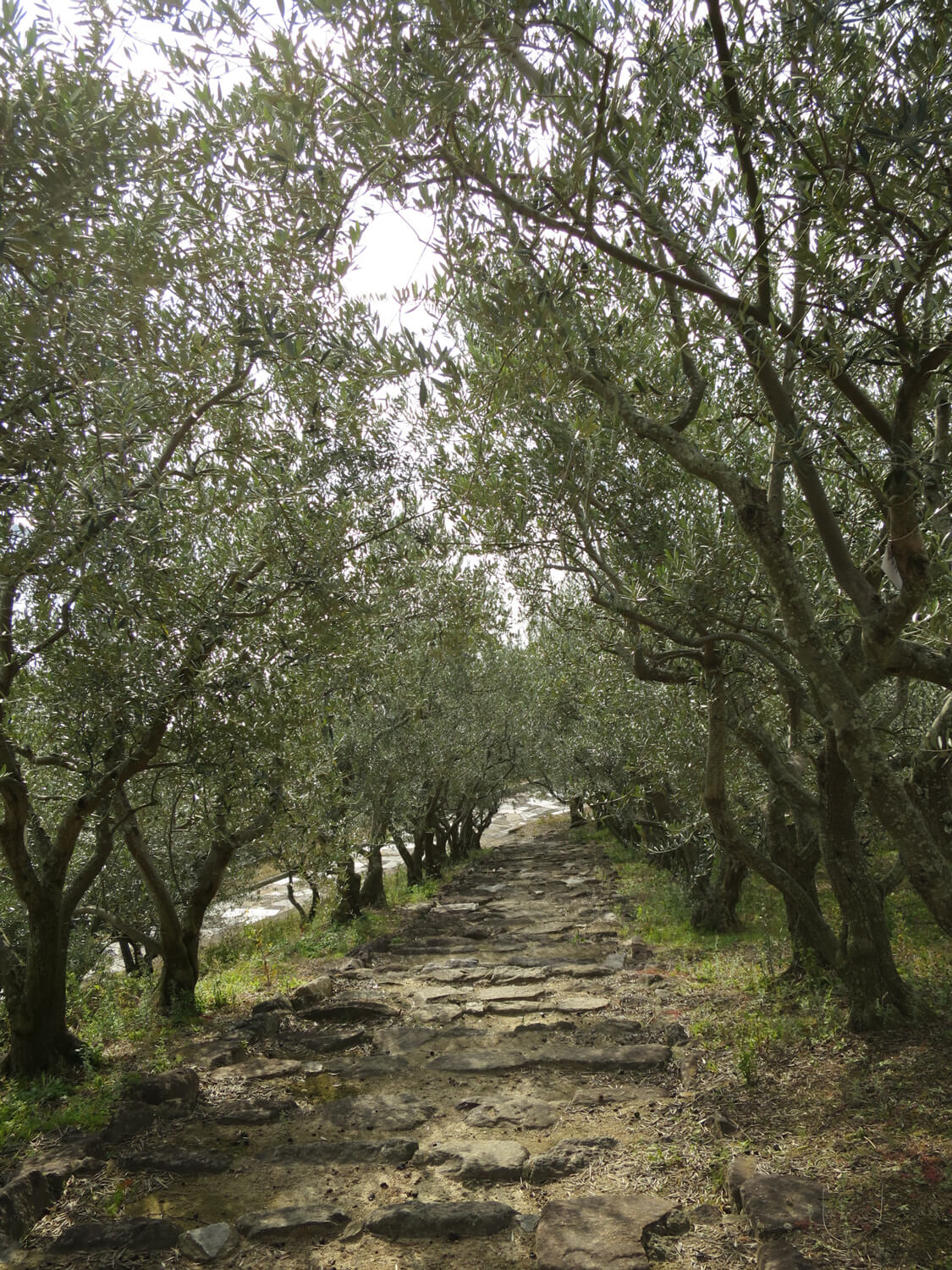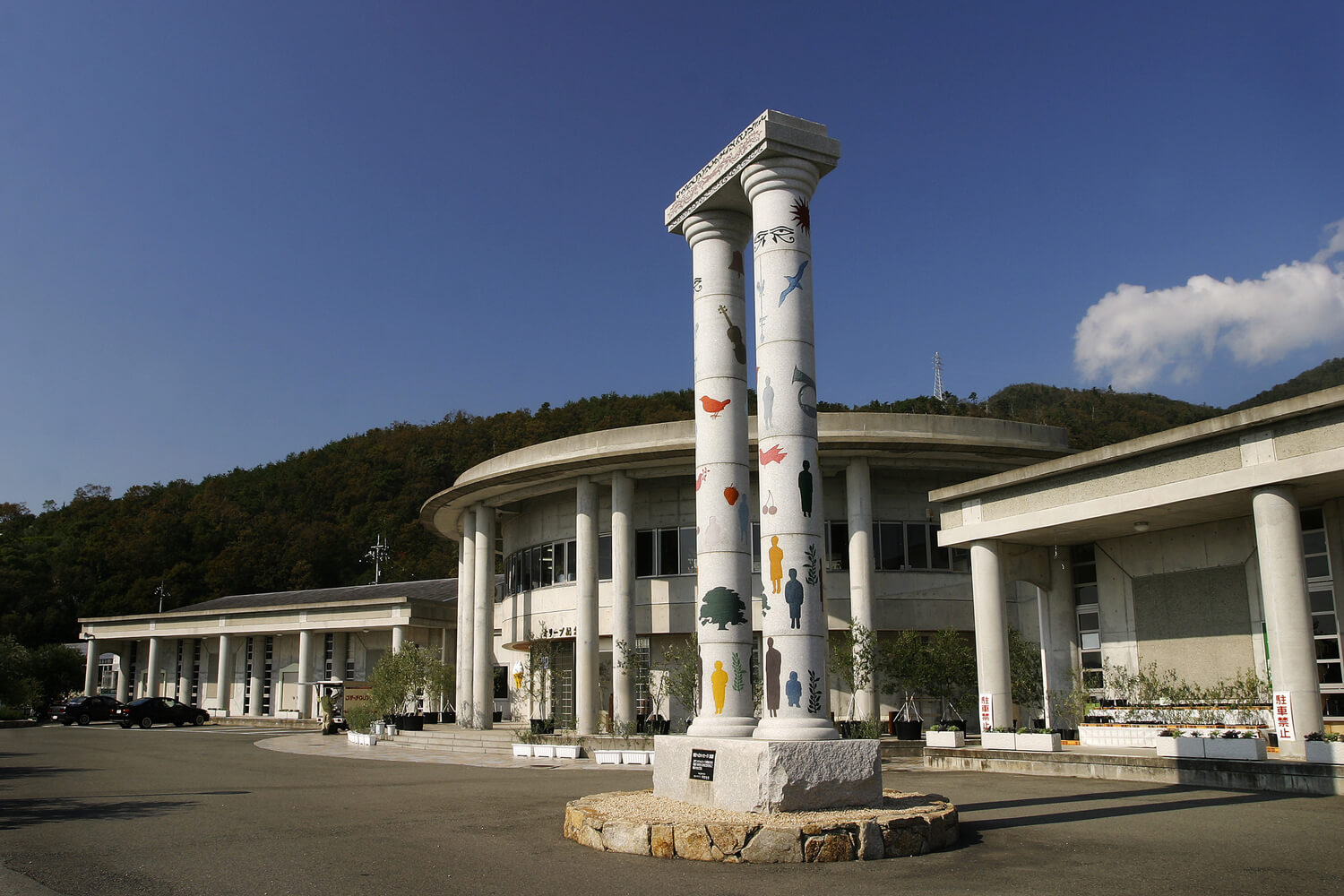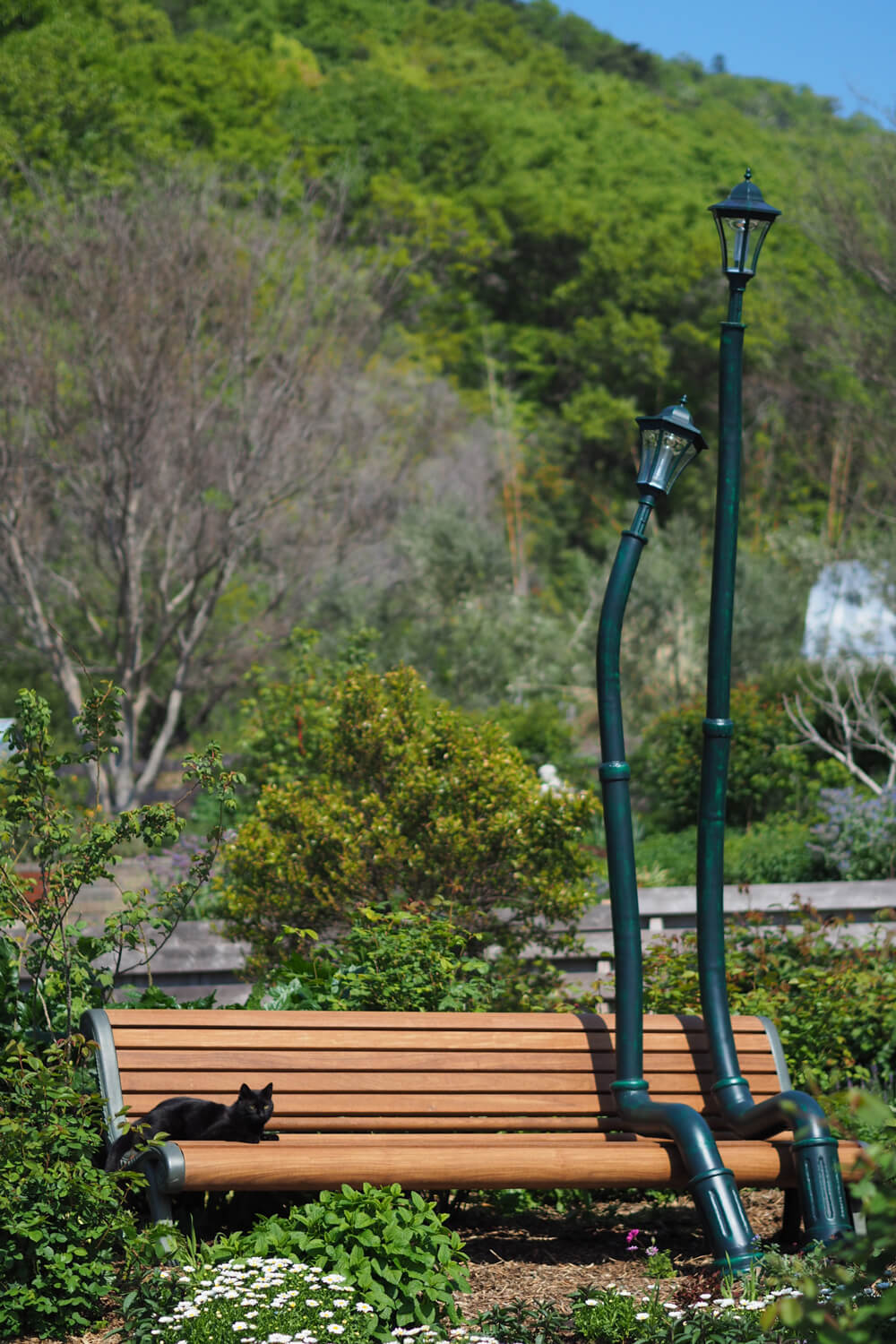Shodoshima, or Olive Island

©Shodoshima Olive Park
The second largest island in the Seto Inland Sea, Shodoshima, literally means ‘little bean island’, referring to the azuki bean. However, the name is more likely to evoke the soybean, or even the olive. The island, traditionally a major producer of soy sauce, has surprisingly become most renowned for its olive culture, bridging the 9000 kilometres gap from Greece to Japan.
This island, with its Mediterranean air, is the birthplace of olive production in Japan. Since 1908, the sun-drenched olive trees have been producing quality organic olive oil. Proud to show off their 2000 olive trees, olive growers often open the doors to their factories to visitors. The most famous among them, the Shodoshima Olive Park, boasts having been the very first farm established, planting and cultivating the first successful olive trees.
Set in a large park with breath-taking panoramic views of the Seto Inland Sea, the Olive Park is best known for its replica of a Greek windmill. Many tourists from both Japan and abroad come to borrow a broom from reception in order to recreate a cult scene of the animation ‘Kiki’s Delivery Service’ in front of the mill. It indeed appears that the creators from Studio Ghibli were inspired by Shodoshima’s landscape and its windmill which both feature alongside Miyazaki’s heroine.
Elsewhere visitors can find a small museum that recounts the secrets of the history and culture of the olive. At the end of the visit, you can tour the shop, buying olive oil, sweets, cosmetics or ice cream; all olive scented of course.
The park complex also includes eight baths fed by an underground hot water spring, ideal for relaxing after a long day on Shodoshima Island. Its artistic neighbours, Naoshima and Teshima, might often get the lion’s share of the attention, but Shodoshima is just as exciting.

©Shodoshima Olive Park

©Shodoshima Olive Park

©Shodoshima Olive Park

©Shodoshima Olive Park
TRENDING
-
The Tattoos that Marked the Criminals of the Edo Period
Traditional tattoos were strong signifiers; murderers had head tattoos, while theft might result in an arm tattoo.

-
Chiharu Shiota, Red Threads of the Soul
Last year, more than 660,000 people visited the retrospective 'Chiharu Shiota: The Soul Trembles' exhibit at the Mori Art Museum.

-
‘Before Doubting Others, Doubt Yourself. Who Can Truly Say a Dish Isn’t What It Used to Be?’
In ‘A Non-Conformist’s Guide to Surviving Society’, author Satoshi Ogawa shares his strategies for navigating everyday life.

-
The Story of Sada Yacco, the Geisha who Bewitched Europe
Described by Dazed magazine as the first beauty influencer, she has been restored to her former glory since 2019.

-
Ito Jakuchu's Naturalist Paintings
From 15 September until 14 October 2018, the Petit Palais showcased the artist's iconic ‘Images of the Colourful Realm of Living Beings’.





